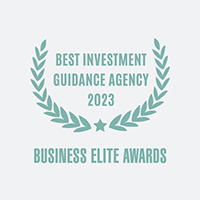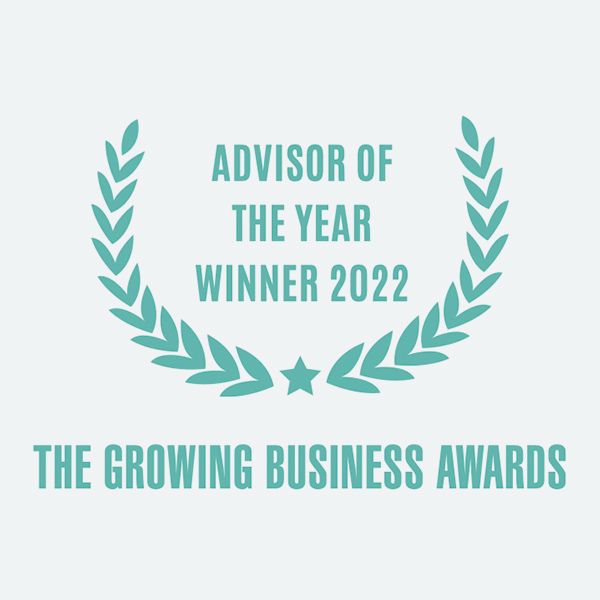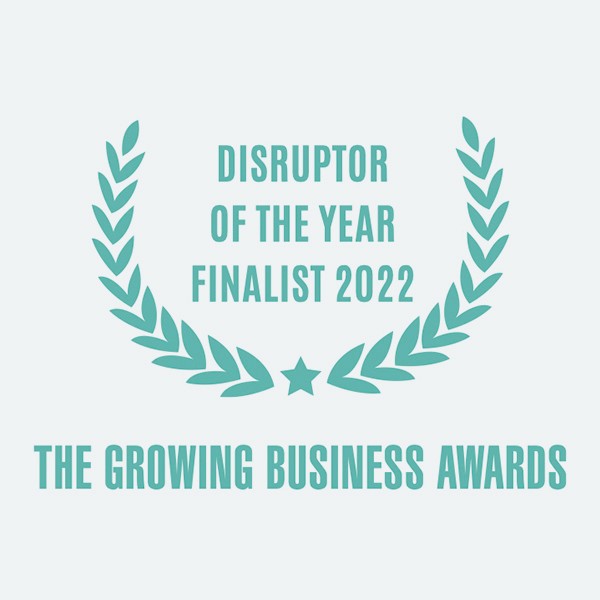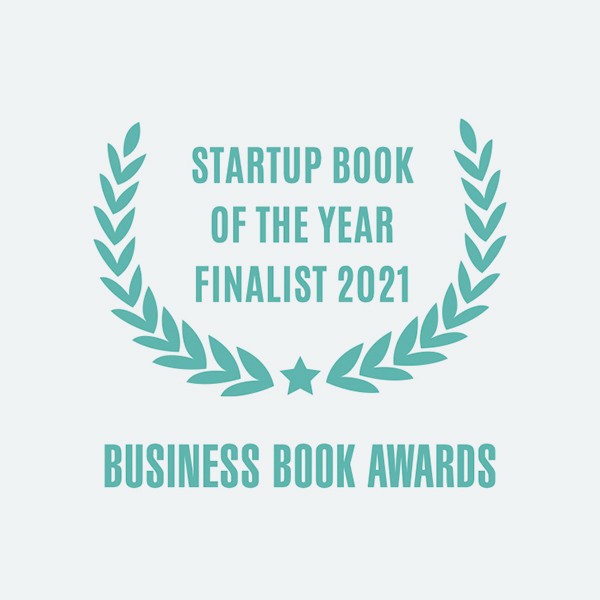

Dealing with Investors: what it’s really like
25th September 2020

Author
James Church
Chief Operating Officer, Robot Mascot
If you’ve attended one of my Fundraising Strategy Sessions, then you know I talk about your chances of raising investment. And you’ll also know I advocate an Expression of Interest form (EOI) as one of your five key pitch assets to support you in your fundraising journey. Here’s why:
VC, Speedinvest, recently released data that shows that they received 1,422 pitch decks in 2019. Almost half of those startups were invited for a meeting. But after that, it gets really tough. Speedinvest has a conversion rate of less than 1% from first meeting to term sheet.
These slim odds match with my own research that suggests VC commit to just 1 in every 150 deals they see. For Angel Investors, it’s even less – with them investing in just 1 for every 260 pitch decks they receive.
The truth is that less than 1% of founders successfully raise investment from VC and Angels combined.
At Robot Mascot, we’ve created a strategy which enables entrepreneurs to beat these odds. Our clients are 40x more successful when they follow this strategy.
It’s the Investable Entrepreneur formula, and it guides founders to create three sets of Critical Fundraising Assets. These essential assets position entrepreneurs and Investable Entrepreneurs in the eyes of investors. When this happens, you find yourself in the top few percent of founders seeking investment.
(You can learn more about what you need to do to become an Investable Entrepreneur by taking our quick 5-minute PitchReady test which will help you isolate the areas in which you need to focus: https://areyou.pitchready.co.uk/)
A key part of this strategy is ensuring you have all the relevant pitch assets you need in place to support you in your campaign and make the most of every pitch situation.
A recent survey of 110 founders by Christoph Janz at VC firm Point Nine found that 47% of founders claim that an investor made them believe they had a deal, but never signed a term sheet.
The trouble is investors are relationship builders and pitching for investment is nothing like Dragons Den – investors are typically not as blunt and Deborah Meaden.
The truth is investors will say things like “This is interesting, it fits into my strategy,” or even “I could maybe invest £100k.” Founders confuse these statements with a commitment and take their foot off the fundraising gas.
That’s why I believe that having an Expression of Interest Form (EOI) as part of your suite of Pitch Assets is vital. It turns the verbal commitment into a written one, you find out what the investor is really thinking when you ask them to commit pen to paper (or fill in a digital form).
It’s a vital stage between a verbal commitment and the heads of terms, and it ensures everyone is on the same page. Until you get written commitments, you cannot be sure if you have a YES, so until that point you should assume it’s a NO.
The same research by Point Nine found that 14% of investors back out of a signed term sheet. With this being that case, you should expect at least the same to back out of an expression of interest.
The goal of seeking investment then is to collect enough EOI’s so that you can afford investors to drop out. I’d always recommend you keep talking and pitching to investors until you have 150% of your round committed in the form of EOIs – expecting some investors to renege on their word.
When you do this, the best case is that you’ll be over-funded and, if you like, can get picky about the investors you bring into your business. In the worst case, you close your round with near to 100% of your target.
Keep up to date with what we’re up to via email






Copyright ©Robot Mascot Ltd. All rights reserved.





